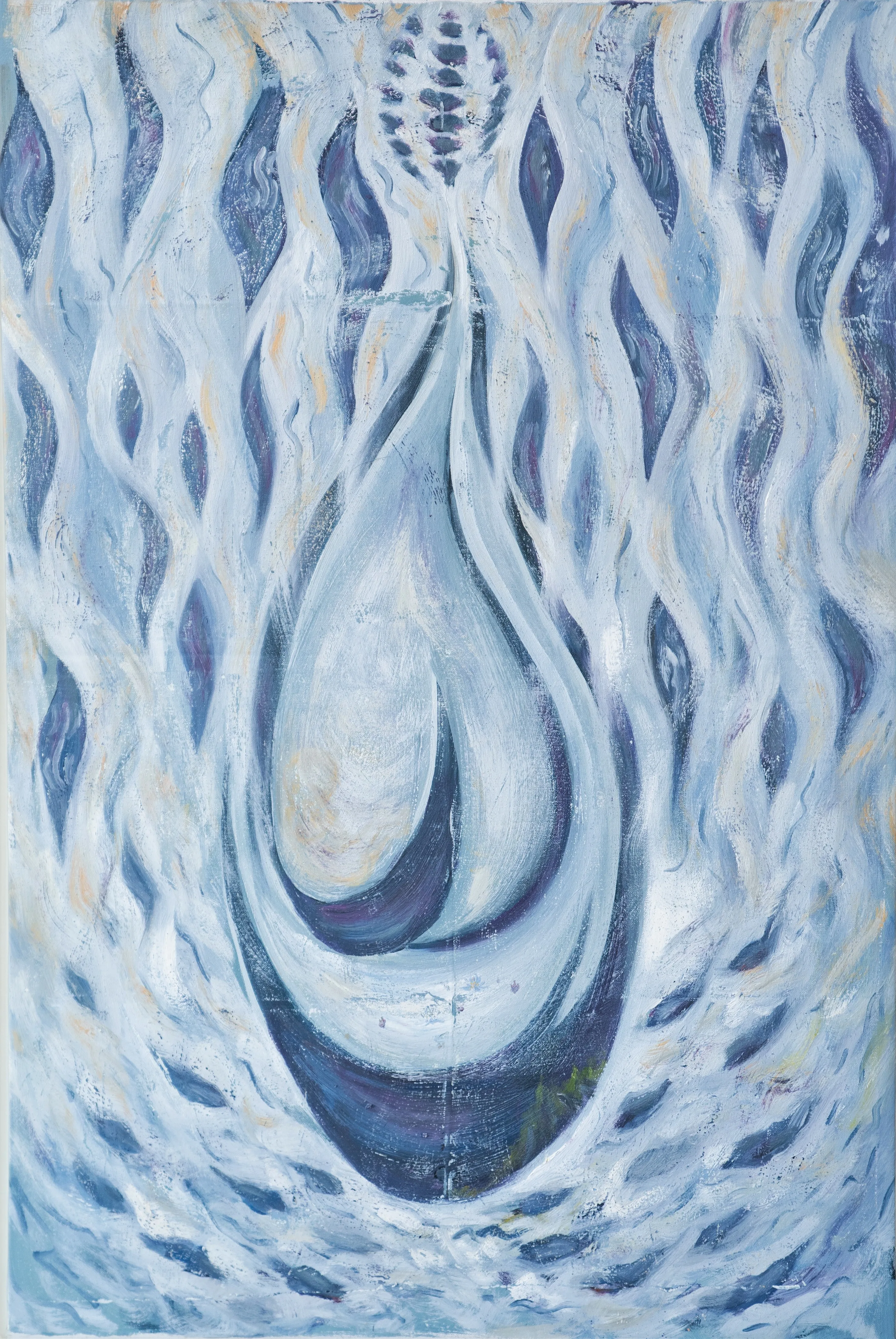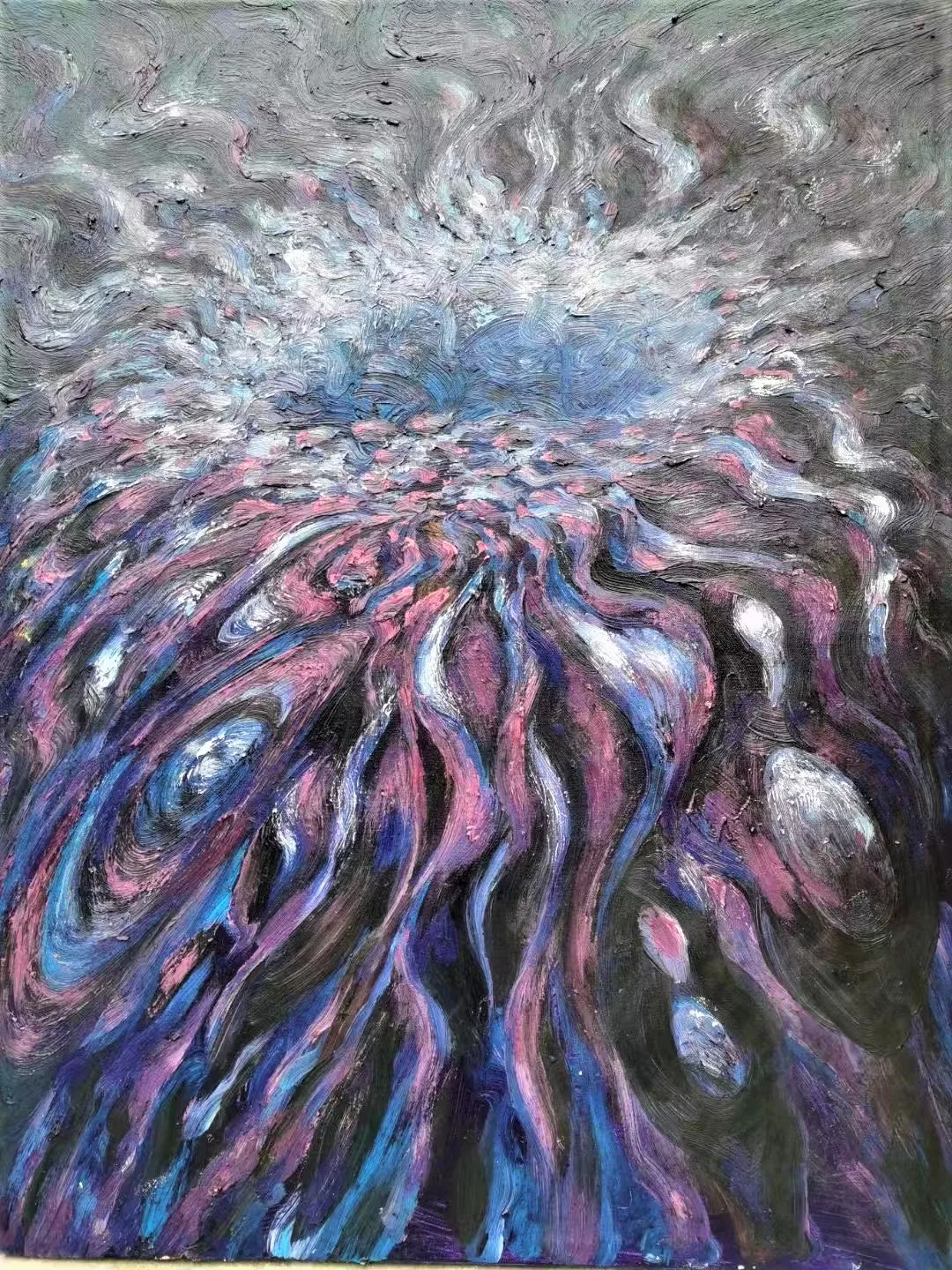Author:Massimo Mattioli
I. Art and society
Throughout history, the evolution of Chinese art has been closely linked to the socio-politics of the times. The transformation of the social era and the challenges of various issues have often served as catalysts for artistic innovation, triggering artists to reflect deeply on the future destiny of the country and its people. Artists based on traditional practices often try to commit themselves to current social realities and major historical events, reflecting on and exploring China's complex path to modernisation.
In the late 1970s, Chinese society underwent a profound historical transformation, marked by a wave of reforms and an opening up to globalisation. Inevitably, this change has affected the field of art, with Chinese artists addressing issues ranging from rural reform initiatives to the summing up of historical experience and the subsequent emergence of an emerging market economy and the forces of urbanisation and globalisation.
Although art is often viewed as a deeply personal and subjective category, in the field of Chinese contemporary art, the influence of historical events and socio-cultural environments on its birth has become increasingly evident. The post-World War II period, followed by the tensions of the Cold War between East and West, led to differences in the paths of development between Chinese and Western modern art. Similarly, (1966-1976) a collision between cultural traditions and modern civilisation further exacerbated this disconnect, with implications for the Chinese art tradition.
However, after this collision of cultural traditions and modern civilisation, a wave of artists emerged in the art world with a strong desire for and practice of pluralistic creativity and individual expression. This marked the dawn of a new era in Chinese art, characterised by the emergence of pioneering groups and groundbreaking art movements that challenged traditional norms and paved the way for the emergence of contemporary Chinese art. One notable example is the Nameless Painting Society, founded in Beijing in 1978, which was dedicated to purer artistic exploration, adopting a more introspective and experimental approach to painting, drawing inspiration from a variety of Western artistic styles such as Impressionism and Expressionism.
A pivotal moment in this period of transition was the exhibition organised by the Stars Art Organisation in September 1979, in which some 150 works of art were displayed on a park bench next to the National Art Museum in Beijing. This unconventional exhibition format, inspired by the idea of ‘public spaces of expression’ - places where the public could voice their opinions - provided a platform for artists to communicate directly with the public and challenged artistic traditions, thus contributing to a broader discussion of the social role of art.
During this period of artistic ferment, the role of the art publication Fine Art magazine cannot be ignored. Fine Art played a key role in discovering young, talented artists, fostering critical dialogue and disseminating new artistic trends, thus profoundly shaping the trajectory of contemporary art in China.
In short, the evolution of Chinese art is a compelling testament to the dynamic role between artistic expression and the cultural climate of the time. With the rapid transformation of China's image on the international stage, the role of art as a mirror of society and a catalyst for social change remains as important today as it ever was.

Oil Painting:《水滴诺世界》
Specification:90cmx120cm
Creation date: 2023
II. Freedom and openness
In the 1980s, as a result of the government's progressive policy of reform and opening up, China's acceptance of outside cultural influences increased so dramatically that many have dubbed the decade the ‘Chinese Renaissance’. The explosion of creativity led by pioneering artists such as Cai Guoqiang (1957) and Huang Yongbing (1954) became the leading lights of an artistic revolution that continues to this day. A generation of artists explored new forms of artistic expression and drew on the essence of different cultures, and in 1985, a major exhibition of Robert Rauschenberg's work at the National Gallery became a symbol of a new, universal style and a catalyst for what became known as the ‘85 Art Movement’, which embraced the inspiration of neo-Dadaism. The movement was inspired by Neo-Dadaism. Closely related to Western philosophy and cultural theory, this movement played an important role in the development of contemporary art in China, as it opened up many possibilities for the artistic practice and thought of young artists, and set the stage for a new generation of artists born in the 1970s and 1980s to grow up in an era marked by an avant-garde spirit. These artists benefited from a solid education, well versed in the history of Western and Oriental art, and today they enjoy the opportunity to explore the world, thus establishing a wide range of international relationships. after 2000, the government ceased to show conservatism towards international openness in the art field and sponsored the first exhibition of the Chinese Pavilion at the Venice Biennale in 2003. Beijing's Chaoyang District funded the renovation of the 798 Art District, transforming it into a centre for contemporary art galleries, artists' studios, fashion boutiques and design studios.
However, in order to achieve profound self-awareness and spiritual emancipation, many Chinese artists paradoxically go to the opposite extreme, immersing themselves in Western art theories and transforming them into a collective trend. This phenomenon transcends individual expression. Some artists have reacted by returning to traditional Chinese inspirations as they are dissatisfied with this simple imitation of Western art and philosophy and aspire to modernising reforms. They believe that Chinese art and philosophy should not be abandoned, but rather that an understanding of traditional thought and sensibility should be combined with a constant dialogue with the Western art they have adopted. It is in this context that Wu Keyang's art has found its place: a learned artist who, through extensive travelling and study of historical masters as well as avant-garde art, creates representations where East meets West. He endeavours to combine all this with Eastern philosophy and spirituality, always keeping his eyes on the absolute.
III. Oriental Spirit Painting
There is an aphorism in the Tao Te Ching: ‘Do not resist change: adaptation is the Tao of life.’ This succinctly summarises Wu Keyang's approach to life and art. He is an artist with a strong determination to engage extensively with contemporary art, but equally convinced that the path to truth lies in looking inward and discovering the deepest meanings of the human soul. He has sought this through many extreme spiritual experiences, even near-death experiences. These experiences, which he interpreted as signs of a higher dimension, convinced him that the path to enlightenment lay in spirituality, hence the duality that always characterised his art: on the one hand images and their visible representations, on the other hand spiritual symbols. In Taoism, the complementary dualism I day/night, yang/yin, light/dark I - is a recurring idea, symbolised in the form of the taiji diagram, often called the yin/yang symbol.
The relationship between Chinese painting and spirituality is ancient and profound, reflecting China's deep cultural and philosophical history. Traditional Chinese painting is rooted in spiritual and philosophical practices such as Taoism, Buddhism and Confucianism, which have profoundly influenced artists' approaches to art. The Taoist concept of living in harmony with the flow of nature has largely influenced Chinese painting, especially in landscape painting. Aiming to capture the essence of nature rather than just its external forms, Taoist artists seek to express the eternal movement of life and convey a sense of serenity and harmony that invites the viewer to reflect on the connection between humanity and the universe.
In Wu Keyang's work, the essence of ‘the road’ - a path - is continuously evoked through the spontaneous flow of nature, harmony and life, and his painting focuses on capturing the essence and movement of nature rather than detailed forms. It does not concentrate on the accuracy of reality but expresses the inner world of the artist. In these paintings, white space is as important as fullness, and the space created allows the painting to breathe and express the depth of the universe.
Drawing on the power of traditional Chinese cultural thought, Wu Keyang created a new genre of painting called ‘Oriental Spiritual Painting’, in which artistic exploration is aligned with the pursuit of spirituality, and thus realised on canvas, becoming one of the first artists to assimilate the language and techniques of Western art in order to express and present the spiritual traditions of Oriental culture.
In some compositions dominated by an idealised paradise, this is a poetic land, far from the real world, where natural elements guard the artist's mind. Here, Taoist dualism returns, where earthly tranquillity meets cosmic energy. This evolution is ultimately reflected in the works of the ‘hyper-imaginative painting’ style, in which the artist also sublimates his rational perception, trying to identify a higher level of energy in order to understand the essence and ultimate meaning of life.

Oil Painting:《空洞》
Specification: 60cmx80cm
Creation date:2014
IV. Form and content
These ideological and cultural premises are also reflected in the works on display at Wu Keyang's Milan exhibition. These paintings and drawings combine Eastern philosophical and spiritual arguments with Western researched and experimental artistic techniques, providing substance to the formal content of his metaphysical musings, which are identical to those of Taoist thought, expressing the origin of life to the relevance of man to the universe. During the artist's mature period, through his study and research of Western art, he struck the right balance between focusing on light and shadow and complementary colour relationships and stylistic techniques, and expressed the need for spirituality, temperament and essence of Chinese culture.
In these paintings, the constant reworking of formal loads obtained through in-depth critical study of art history is always associated with the evocation of the artist's emotions and inner experience. Wu Keyang has absorbed the spirit of the historical avant-garde from the Renaissance to Romanticism, Symbolism to the Vienna Secession, as well as Abstraction, Futurism and Surrealism during his extensive travels around the globe. For example, in the 2016 work Bodhi would have been treeless, the influence of artists such as Gustav Klimt can also be clearly seen in the foreground in works that seem to evoke Monet's Water Lilies, among others. However, as mentioned earlier, the artist adroitly adapts these influences to his own need for expression, and the emotionally charged scene becomes a symbolic theatre for the monks in meditation. This is a complex composition that typifies the duality of form and content: meaningful symbolism characterises Wu Keyang's work. For example, the rivers depicted in landscape paintings, elements that in Taoism embody the flow of life energy without resisting, dissipating stress and conflict. Or motifs like flowers, together with the use of gold, are also central elements of Taoist teachings - as we shall see.
In the 2015 work Blue. Holy Spirit, a distinctly personal structure presents itself. Here, formal references evoke the colourful character of German Romanticism, organic forms evoke associations of lyrical abstraction, and key symbols such as floral images or golden elements reappear. However, it is the lack of a ‘centre’ that brings the work back to the universe created by the artist: the absence of space and time, the absence of polarity in the Taoist vocabulary. Lack of physical polarity, lack of difference, a state of unity.
In the 2016 work Planes, the metaphor of flowers and the colour gold transcends what is visible in the painting. Here, the viewer's mind turns directly to The Purpose of Taiyi Jinhua - a Taoist work on meditation and alchemy, written by Carl B. Gustav Jung commented, ‘The Golden Flower is the most beautiful of all. Jung commented, ‘The Golden Flower is Light, and the Light of Heaven is the Tao.’ Change (transformation) is thus a fundamental theme of alchemical Taoism, occurring with the transformation of the three flowers (lead, silver, and gold), which are recognisable in Wu K'ouyang's paintings as the three treasures of mankind: jing (essence of life), chi (energy and movement), and shen (infinite spirit).
Author Bio:
Massimo Mattioli(马西莫·马蒂奥利)He is an artist, curator and art critic. He has worked for Giornale dell'Arte and the prestigious art journal Artribune, and is currently editor-in-chief of the art media ArtsLife. He has curated numerous national and international projects and has worked for Piero Dorazio. D'Orazio and Margherita Sarfatti, as well as co-curating theatre productions with Vittorio Sgarbi at the Museum of Modern and Contemporary Art (MART) in Trento and Rovereto, and has worked curated the art programme for the 2011 Venice Biennale in collaboration with Vittorio Sgarbi.

Leave a Reply